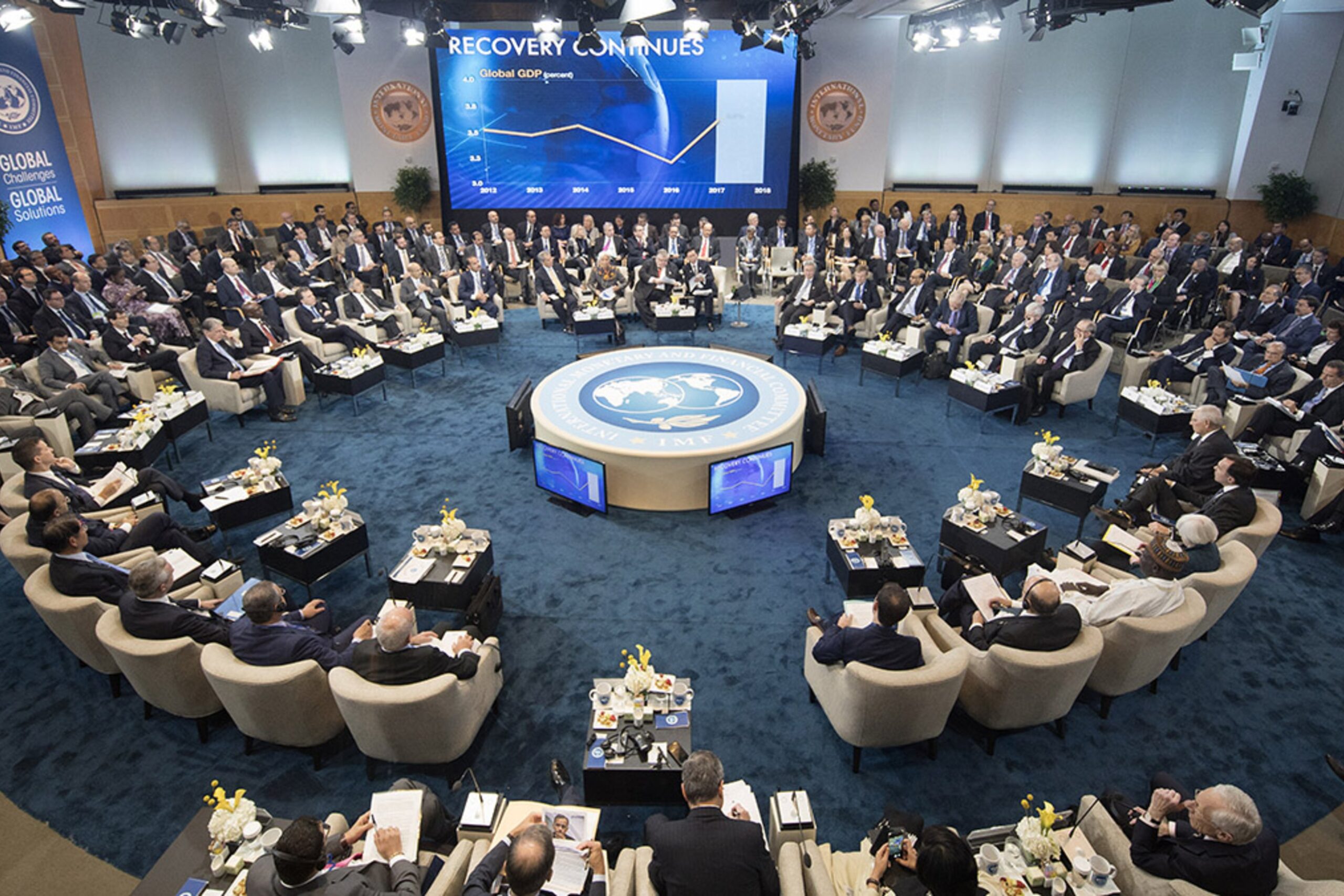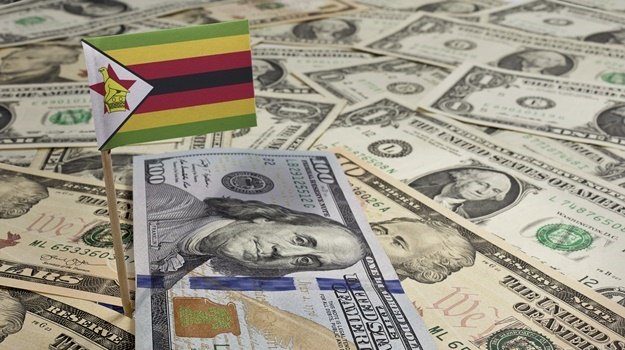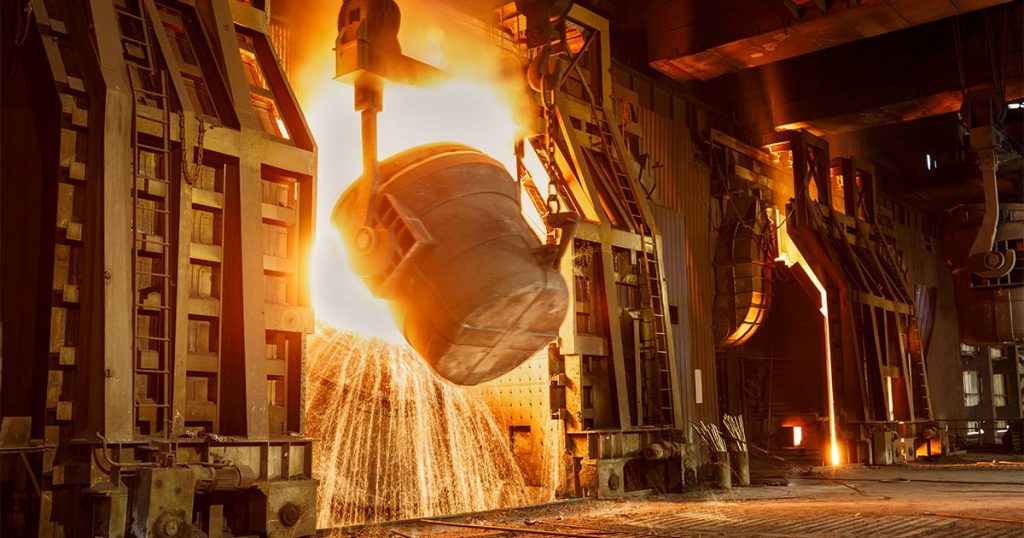Zim set to join league of global steel giants
Zimbabwe is set to join the league of global steel giants with the latest figures suggesting the country could become the next world’s steel and iron powerhouse.
Until recently–production projections of Dinson Iron and Steel Company Zimbabwe (Disco) — when fully completed have not been fully disclosed — but during a presentation to foundry producers a few weeks ago, indications are that at full-throttle, production could go up to as much as five million tonnes per year.
Disco, a Chinese firm is building a steel and iron plant worth at a cost of US$1 billion at Manhize, about 200 km south of Harare, and is expected to be the largest in Africa.
While no specific timelines have been given as to when Disco will hit the five million tonnes mark, such a level of production will certainly place Zimbabwe among global steel and iron giants, joining the company with the likes of Russia and South Korea, the U.S and Japan, according to latest figures by World Steel Association (WSA).
This also makes Zimbabwe — by far — Africa’s largest producer of iron and steel, the status it held before the closure of the Zimbabwe and Iron Steel Company (ZISCO) in 2008.
The WSA steel output figures released in June 2023 show that Africa produced 1,3 million tonnes of steel in 2022. At 5,5 million tonnes, South Korea was the world’s sixth largest producer. Japan, at number three, the US at four, and Russian at five, produced 7,3 million tonnes, 6,8 million tonnes, and 5,8 million tonnes respectively.
China is by far the world’s largest producer and milled 91,1 million tonnes last year, followed by distant India which produced 11,2 million tonnes, the WSA figures show.
Separately, there are other major planned investments in the iron and steel sector and these include the revival of ZISCO at a cost of about US$1 billion and another US$250 million project in Masvingo by Simbi, which will further inject impetus to the country’s push to become a major player in the steel and steel value chain.
“Looking at the ongoing projects and planned investments, there is no doubt that the steel industry will become the backbone of the country’s economy,” Bindura-based economist Tobias Musara told Business Weekly in an interview yesterday.
The Manhize plant will be commissioned in phases starting with an annual production of 600 000 tonnes which will be gradually ramped up to 1,2 million in the second phase, 2,4 million tonnes in
third phase, and five million in the final phase.
Before the closure of Zimbabwe’s Iron and Steel Company (ZISCO), Zimbabwe used to be Africa’s largest iron and steel company. “It’s an economic glory for the country and the continent at large,” the chief operations officer at Zimbabwe Institute of Foundries, Dosman Mangisi told Business Weekly in an interview.
“Other smaller steel companies will be able to increase production due to the availability of cheap and good quality raw materials. The country will generate more foreign currency through exports and will also help the revival of steel foundries.”
Given the importance of steel and iron products in supporting the operations of many other industries and industrialisation, Zimbabwe’s import bill continues to grow.
In 2021, steel and iron products imports soared to nearly US$410 million from US$306 million a year earlier, according to figures from the Zimbabwe National Statistical Agency, driven by a series of public and private infrastructure programmes.
High-end steel and iron products have also pushed demand up.
According to ZimTrade, potential export markets for Zimbabwe include Zambia, Botswana, Angola, the Democratic Republic of Congo, Malawi, Mozambique, and Namibia.
According to Trade Map, Zambia imported iron and steel worth around US$226 million in 2020, with the majority coming from South Africa (US$113 million), China (US$64 million), Chile (US$27 million), and India (US$3 million). In terms of quantities, Zambia has been importing more iron and steel over the years, from around 58 000 tonnes in 2018 to around 81 000 in 2021.
“Leveraging on Zimbabwe’s short distance to Zambia, there is potential for Manhize Iron Steel Plant to produce products that will compete well in the neighbouring country,” said Zimtrade.
In Malawi, most of the iron and steel imports, worth around US$83 million in 2021 came from China. The other major suppliers are South Africa, Zambia, and Mozambique. In terms of quantities, Malawi imported 39 000 tonnes of iron and steel in 2021.
During the same year, Mozambique also imported around 111 000 tonnes, valued at US$99 million.
Major suppliers were South Africa, China, Japan, Turkey, and Portugal. Namibia in 2021 imported 26 000 tonnes of iron and steel worth around US$95 million, with major suppliers being South Africa, China, and Zambia.
For DRC, the import value of 46 000 tonnes of iron and steel was about US$126 million in 2021, with major suppliers being South Africa, China, Zambia, and Turkey.
“Considering the proximity of these markets, and their current source markets, that are as far as Asia and Europe, there is no doubt that locally produced iron and steel will compete well in the region,” said ZimTrade.-ebuinessweekly









